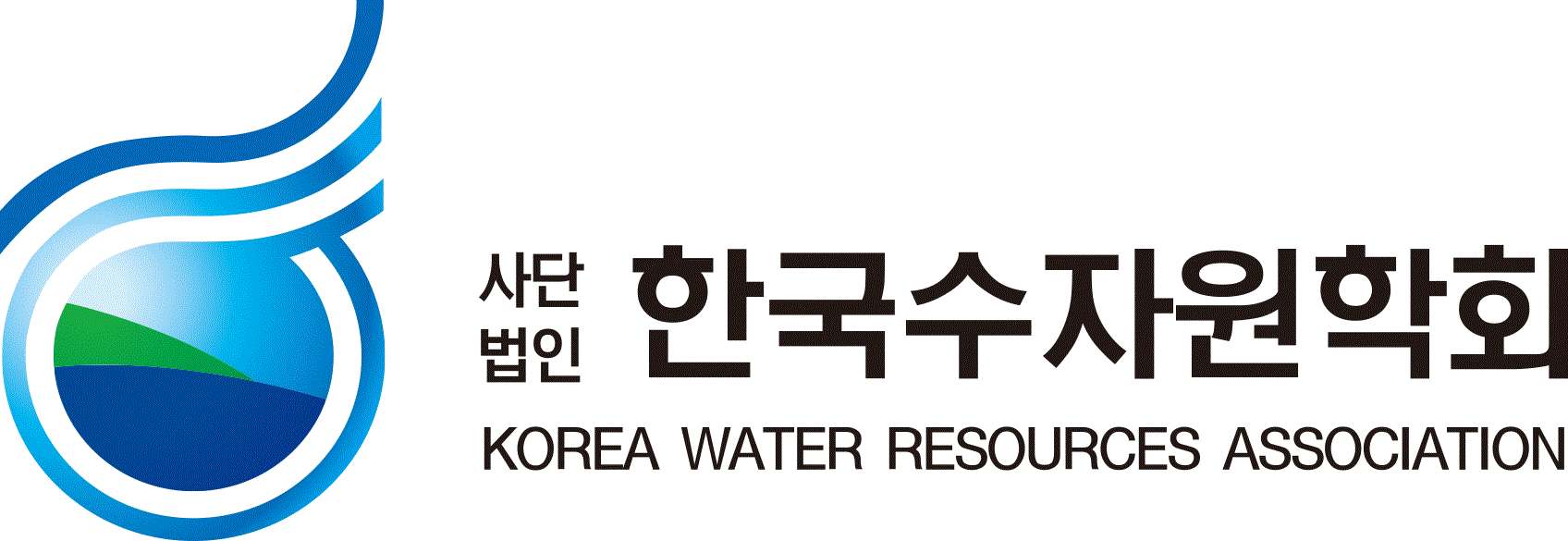- 홈
- 문헌정보
- 논문집
문헌정보
논문집
- 저자명
- 이현욱;송성욱;유철상
- 발행사
- 한국수자원학회
- 수록사항
- 한국수자원학회논문집, Vol.51 No.12(2018-12)
- 페이지
- 시작페이지(1247)
- ISSN
- 1226-6280
This study investigated the effect of arctic oscillation by analyzing the cross-correlation characteristics between the arctic oscillation index (AOI) and the number of typhoons occurred in the North Pacific, the number of typhoons affecting South Korea, total rainfall amount and number of rainy days during the monsoon season in South Korea. For this analysis, the monthly AOI data were transformed into the average data about January and seasonal AOI data representing winter, spring, fall and winter. The typhoon data and monsoon data were all those collected annually. The data period for this analysis was determined to be from 1961 to 2016 by considering the data available. Based on this analysis, it was found that the arctic oscillation has a weak but statistically significant effect on the monsoon characteristics of South Korea. However, the level of effect was not consistent over the data period but varied significantly periodically. For example, the cross-correlation coefficient derived for the recent 10 years was estimated to be higher than 0.8, but was simply insignificant during the 30 years before the last decade. The overall effect of arctic oscillation on the occurrence of typhoon was found to be statistically insignificant, but was also fluctuating periodically to show somewhat significant effect. Finally, it should be mentioned that the effect of arctic oscillation on the typhoon and monsoon had been changing by turns from 1960s to 2000s. However, in the 2010s, it happened that the effect of arctic oscillation has become significant on both typhoon and monsoon in South Korea.



